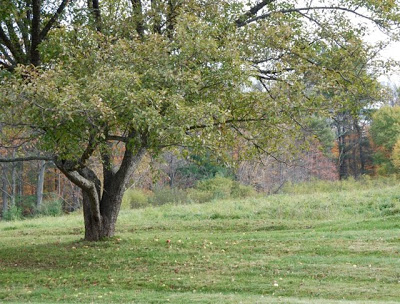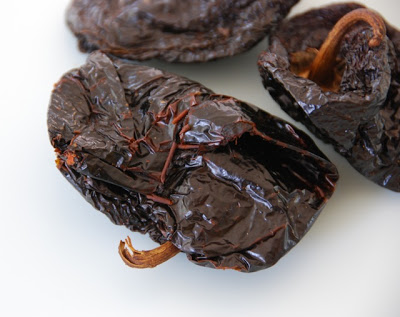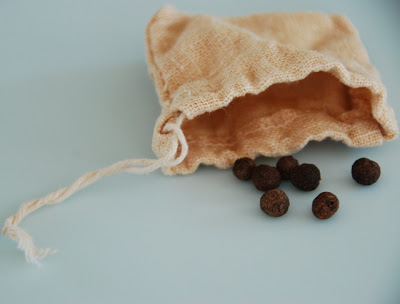 For the past two weeks I can’t say I haven’t thought about you. I have been eating a lot. Turkey, hell, probably the entire eastern Mediterranean knows how to eat. Fresh and local, seasonal, it’s in their bones. There is nothing new-fangled or trendy about it. It’s a way of eating that is so embedded in their culture, I imagine that had I been traveling through a couple hundred years ago, or more, I would have been eating much the same as I did last week.
For the past two weeks I can’t say I haven’t thought about you. I have been eating a lot. Turkey, hell, probably the entire eastern Mediterranean knows how to eat. Fresh and local, seasonal, it’s in their bones. There is nothing new-fangled or trendy about it. It’s a way of eating that is so embedded in their culture, I imagine that had I been traveling through a couple hundred years ago, or more, I would have been eating much the same as I did last week.
And so what better way to come back to you from one of the most culturally rich areas in the world than with a little delicious culture of our own?
Yogurt! It’s ubiquitous in Turkey and in fact all over that side of the Med, and it’s definitely almost always included in some way as part of a meze. Yes it was – and still is – a way of preserving milk. Perhaps more important to us now, is that we can enjoy fresh yogurt made easily and just the way we like it because it is is the simplest thing in the world to make, and with a little experimentation you can produce exactly the kind of yogurt you like – on a regular basis. Trust me -it’s as easy as 1-2-3 (ok and 4).
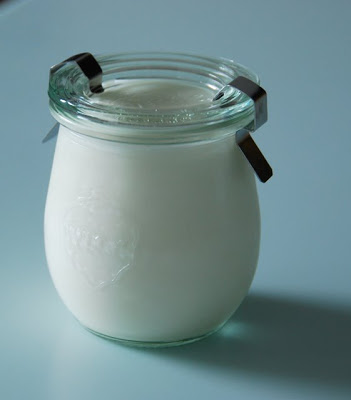
Homemade Yogurt
You will need- Half gallon milk, pasteurized, cream on top, or raw, not ultra pasteurized and preferably organic 4 tablespoons plain yogurt, preferably organic and most definitely with no fillers, thickeners, additives, etc., just live cultures one large thermos (or 2 small)
1. Place milk in a stainless steel pan and bring to an almost boil on medium high heat. If you have a thermometer handy stick it on the side of the pot and let the milk get to 180-185. If not you’ll know it’s ready when you see small bubbles on the sides.
Like this:
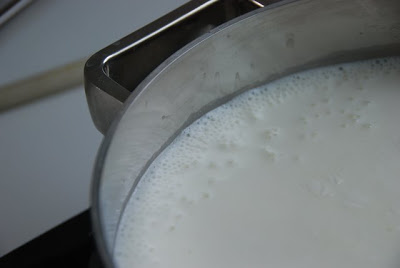
gap
Let it hang out here for a few seconds. The longer you stay at this point, the thicker the yogurt. You can even keep it here for a few minutes. I like mine thinner so I pretty much turn the heat off when it hits this point.
2. Let the milk cool in the pan until warm, which means warmer than lukewarm but definitely no heat left in it. If you’re using a thermometer, let it cool to somewhere between 100 and 110 degrees. While waiting for the milk to cool, drop the tablespoons of yogurt in the thermos, or if you are using two, split it in half. You do not have to be exact here.
3. When the milk has cooled to between 100 to 110, pour a little in the thermos over the tablespoons of yogurt and mix or whisk. Pour the rest in and mix or whisk. Cover tightly.
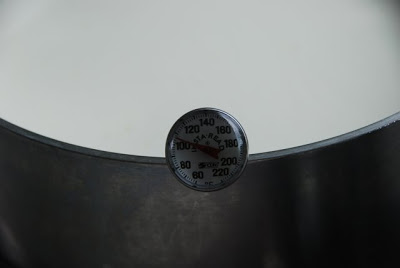
gap
4. Here’s the trick; it has to stay warm for 6-8 hours. That’s why a thermos is ideal, but you can use any way you’d like to keep it warm. I use this ingenious and electric free yogurt maker. (But when I started I used two coffee ‘travel mugs’ and did it by cutting the recipe in half). After 6 or so hours check to see if it has ‘set’ or thickened. Occasionally it could take a bit longer than 8 but most times by 8 hours it’s done. If you like your yogurt on the sour side (I do!) you can let it sit out at room temperature a little while longer before putting in fridge; otherwise put directly into fridge.
That’s it!
Now what better way to celebrate summer? Fresh custom-made yogurt to serve with summer fresh fruits and berries, to have on hand to mix in garlic and fresh summer cukes, and some dill or mint from your kitchen garden or the farmers market?
And trust me, once you realize how ridiculously fast and easy this is you will be making it weekly – all year. So when it is time to indulge in all those wonderful jams or lemon pickles that we’ve been making all summer you will have just the thing to go with it!
gap
And lastly, you know that strained yogurt that is all the rage now? That’s right, been in Turkey for years. I know, I know, Greeks get all the credit, and who am I to argue? But take your homemade yogurt and put some in a strainer lined with cheesecloth over a bowl and place in fridge for a couple of hours. There you have it! Keep it in there a couple hours more and it’s yogurt cheese. I do this so often I use this handy little gadget.
And the liquid that acquires in the bowl when making strained yogurt or yogurt cheese is called whey and you will see later on that whey can be used in place of salt when making fermented pickles. -more on that later. There’s just too much to talk about! so for now, I leave you to digest this. (I had to!)
Oh and one last thing: for consecutive batches just use tablespoons of your homemade yogurt to make more. My absolute all time favorite yogurt is made using this culture. Use the packet instead of the tablespoons of yogurt for that first round and then carry on from there.
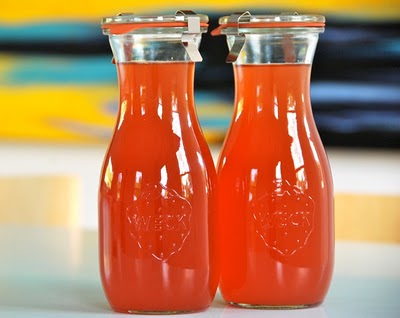 Yes, I’m still workin’ on preserving all that rhubarb… This is a new one for me and I’m quite excited about it.
Yes, I’m still workin’ on preserving all that rhubarb… This is a new one for me and I’m quite excited about it.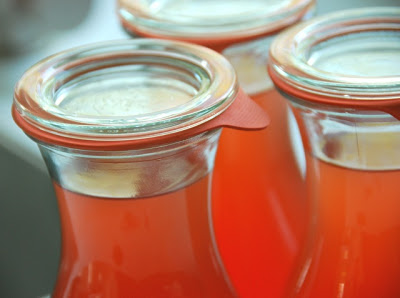
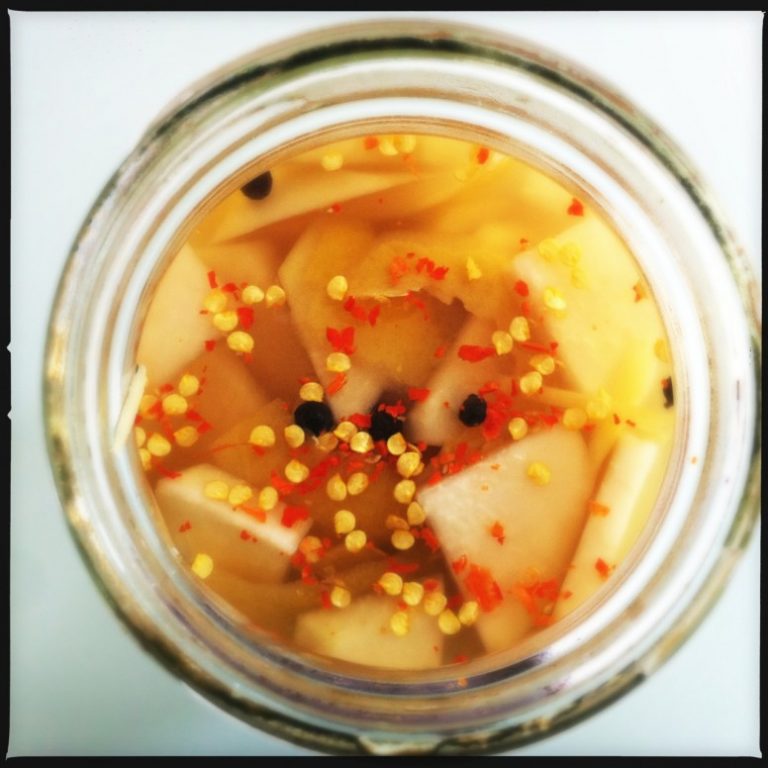

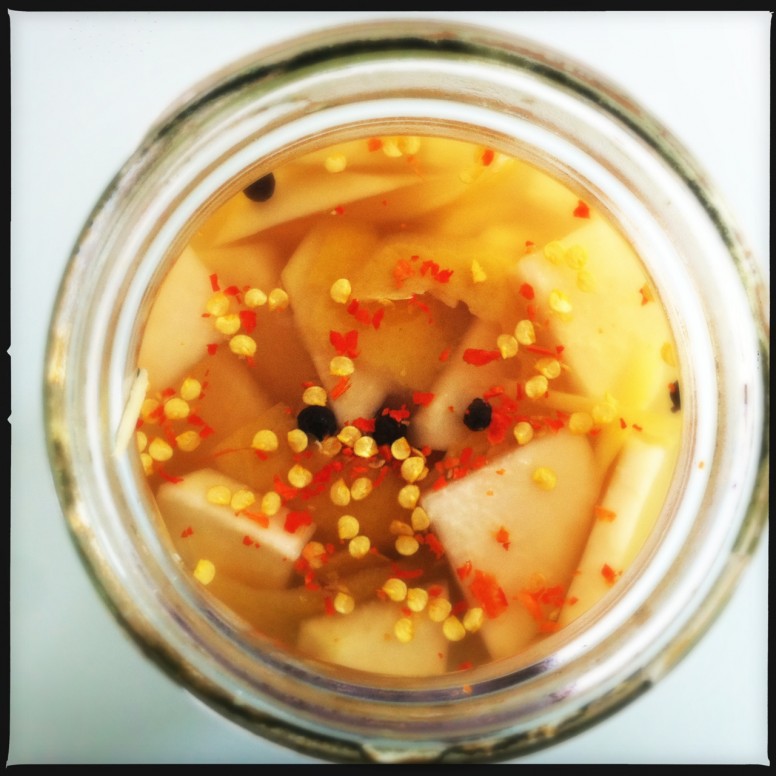
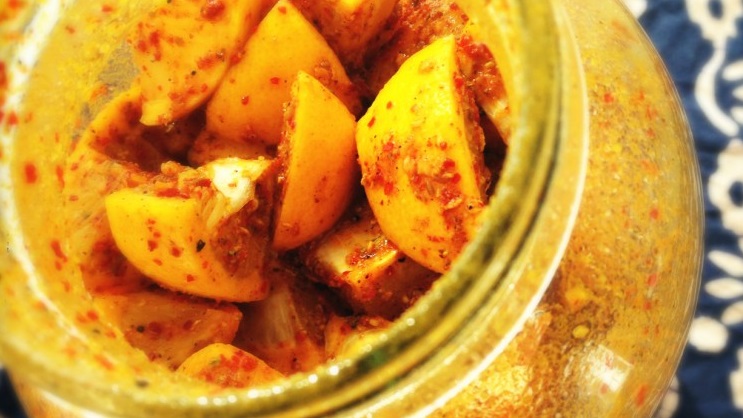
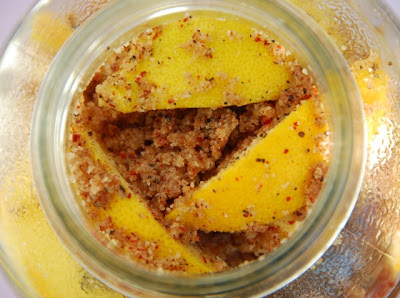
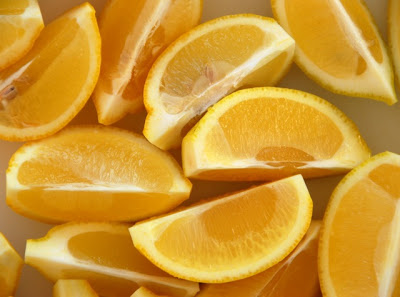
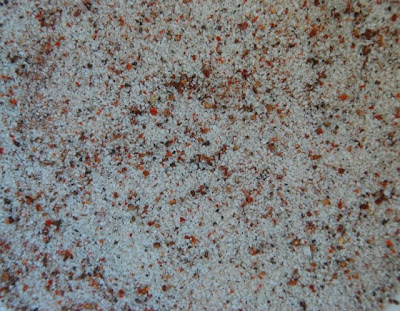
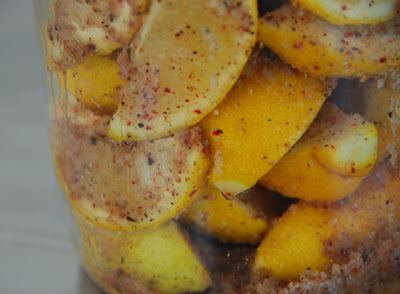
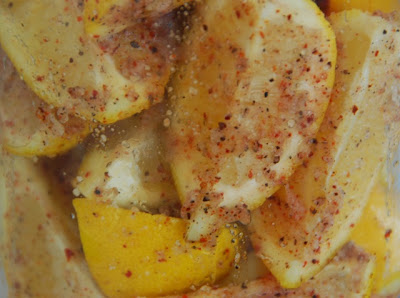
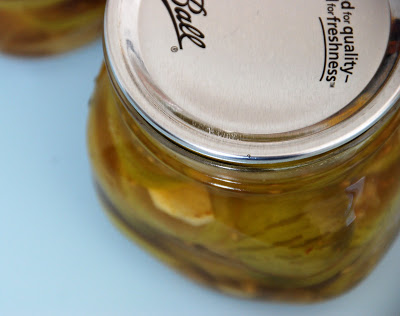
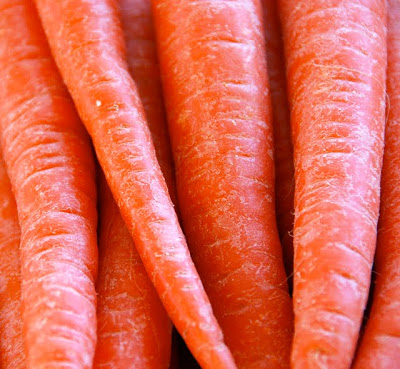
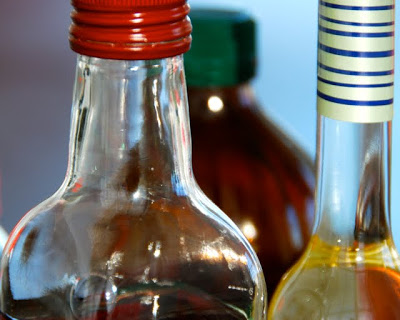
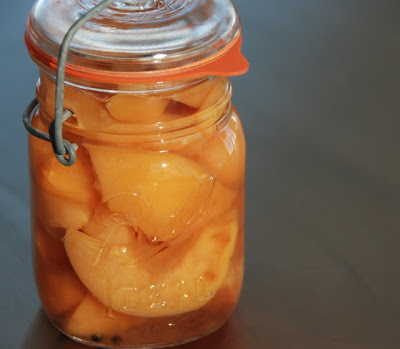
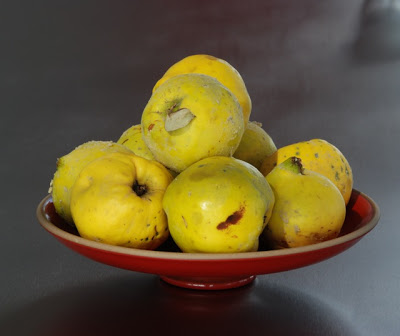
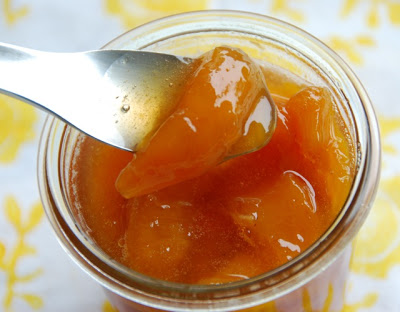
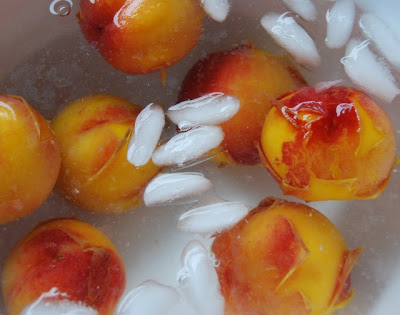
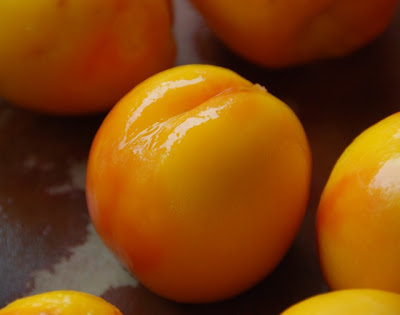 I put these beauties in a jar quick – before they got away. The taste is unadulterated nectarine, lusty and sweet, with just a touch of heat & savory. Yowsa!
I put these beauties in a jar quick – before they got away. The taste is unadulterated nectarine, lusty and sweet, with just a touch of heat & savory. Yowsa!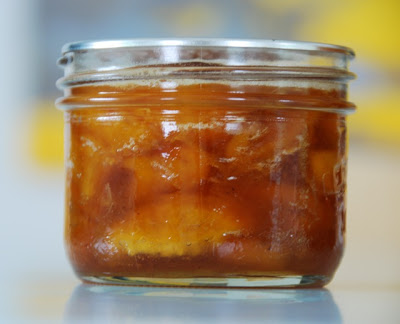
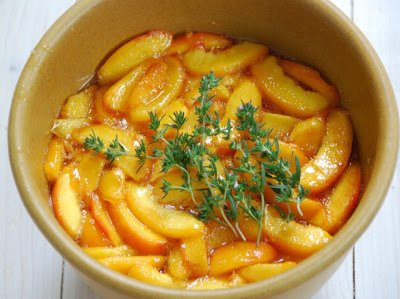
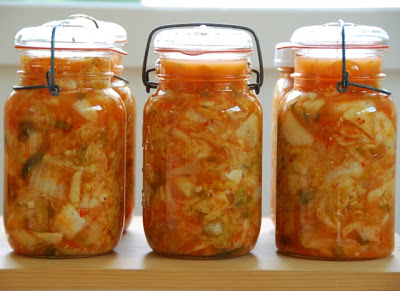

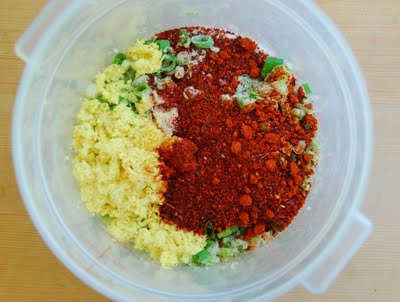
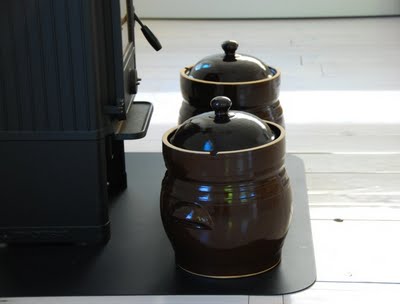
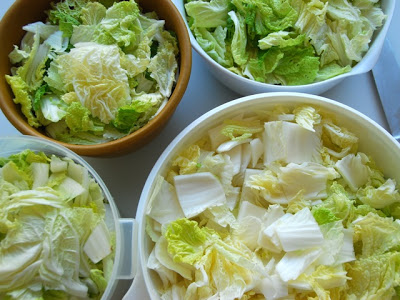
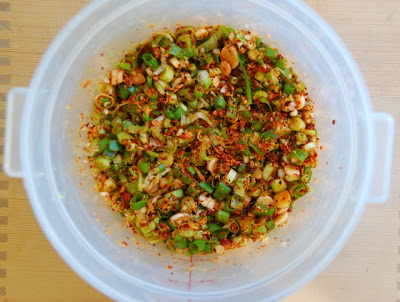
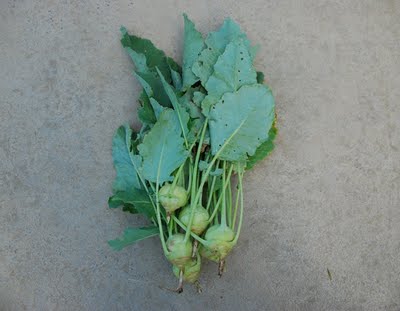
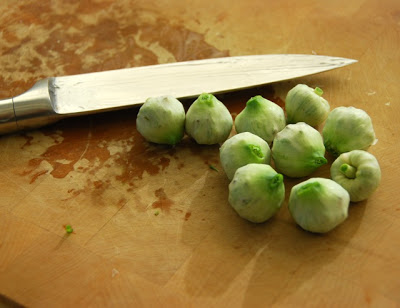
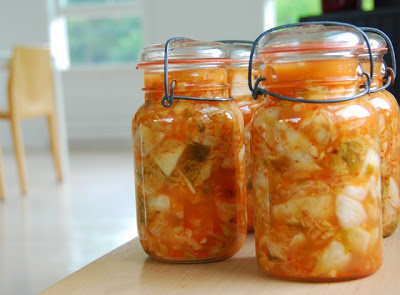





 I couldn’t help myself. It’s fall and the apples are fallin’ everywhere around here.
I couldn’t help myself. It’s fall and the apples are fallin’ everywhere around here.